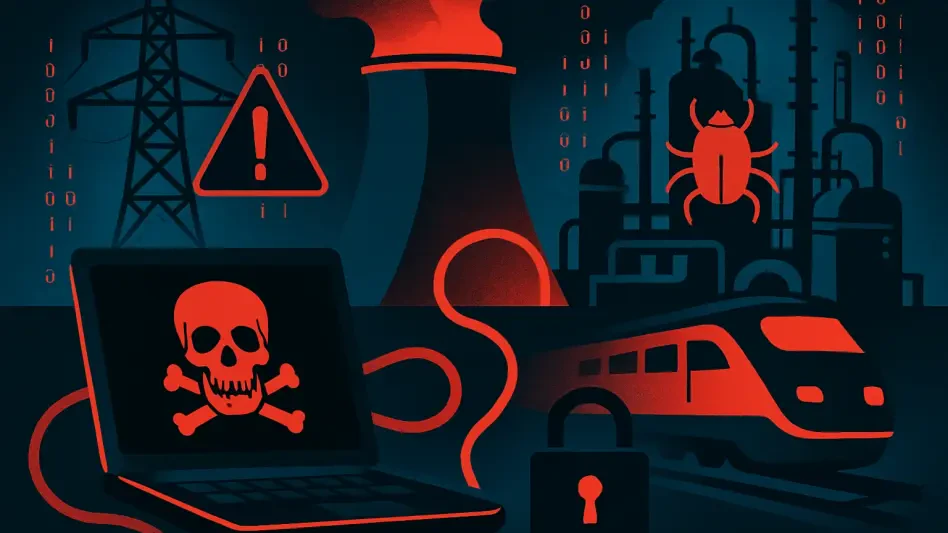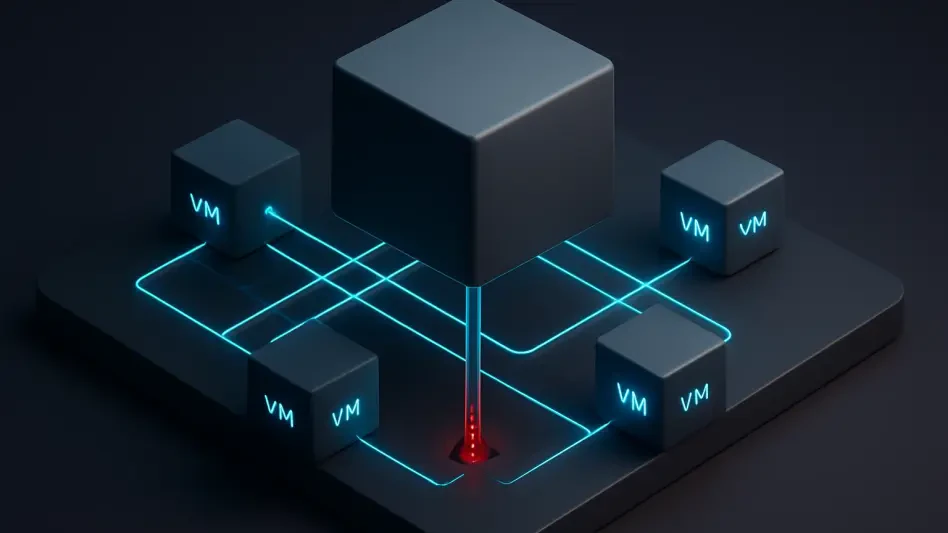In an increasingly connected world, cybersecurity threats are becoming more sophisticated and damaging, with attackers targeting the very infrastructure that sustains daily life. A prominent example of this is UNC3886, a Chinese Advanced Persistent Threat (APT) group posing significant risks to Singapore’s critical sectors. Known for employing highly technical strategies, UNC3886 leverages zero-day exploits and customized malware with remarkable skill, as it targets key areas such as energy, water, telecommunications, finance, and government systems. The threat actor’s capabilities are evidenced by its exploitation of vulnerabilities like CVE-2023-34048 and CVE-2022-41328, which allowed it to breach FortiOS systems and VMware ESXi hypervisors before their vulnerabilities were addressed.
Sophisticated Cyber Tactics
Exploits and Vulnerabilities
UNC3886’s operations focus heavily on exploiting zero-day vulnerabilities, enabling the group to infiltrate systems undetected until pivotal security patches are deployed. By capitalizing on the timing of these patches, the group gains unauthorized access and manages to compromise extensively networked systems, maintaining a covert presence that evades immediate detection. The advanced nature of these attacks makes them particularly challenging to prevent and mitigate, demanding constant vigilance and timely response from targeted entities. The strategic intention is to disrupt essential services by attacking what often appear to be innocuous systems—platforms that turn out to be the linchpin of national security. Such techniques permit attackers to operate largely under the radar, maximizing potential damage and complicating recovery efforts.
Malware Arsenal
Adding to the complexity of UNC3886’s tactics is its deployment of multiple malware families. These include not just the relatively known MOPSLED and RIFLESPINE, but also novel strains like VIRTUALPIE and LOOKOVER. Each malware family is purpose-built to perform unique tasks within a compromised environment, allowing the threat actor to tailor attacks specifically to the systems they encounter. This customization facilitates persistent access and control, rendering networks vulnerable to further exploitation. Such malware can cause cascading effects, leading to power grid failures or disruptions in services like water treatment and healthcare. The engineered precision of this malware tooling extends the threat actor’s ability to manipulate and destabilize critical sectors at will.
Implications for Singapore
Interconnected Infrastructure Risks
Singapore’s infrastructure is intricately interconnected, a factor that exponentially increases risks should any one system be compromised. The island’s power, water, and telecommunications operations are tightly linked, meaning a breach in one sector has the potential to cascade into others, causing widespread operational disruptions. The cybersecurity threat from UNC3886 is compounded by its adoption of “living-off-the-land” tactics, which exploit native system resources. By doing so, the group remains difficult to detect and neutralize, blending seamlessly with legitimate network operations. This makes proactive cybersecurity measures crucial, as the interconnectedness implies a single point of vulnerability could lead to system-wide failures or degradation of service continuity.
Command and Control
Further complicating the defensive strategies against UNC3886 is the group’s use of legitimate platforms, such as Google Drive and GitHub, to manage command and control operations. This clever integration of ubiquitous services in its attack vector allows UNC3886 to mask harmful activities behind platforms that are regularly utilized by organizations, challenging traditional methods of threat detection. Meanwhile, through the deployment of primary rootkits like REPTILE, the adversary ensures stealth and persistent, remote access to compromised systems. TINYSHELL variants additionally facilitate encrypted covert access, allowing the adversary to maintain communications and relay instructions without raising alarms. These methods underscore the sophisticated nature of today’s cyber threats, demanding ongoing adaptation and innovation in defense tactics.
Strategic and Tactical Response
Defensive Measures
In dealing with threats like those posed by UNC3886, Singapore must focus on enhancing its cybersecurity framework to bolster detection and response capabilities. Essential measures include ensuring patch management processes are rigorous and comprehensive, preempting the exploitation of vulnerabilities before threat actors leverage them. Moreover, adopting a multi-layered security approach can fortify defenses, deploying technology and protocols that both anticipate and neutralize potential threats before damaging access is achieved. By leveraging artificial intelligence and machine learning, organizations can heighten anomaly detection, ensuring suspicious behavior is swiftly flagged and scrutinized.
Future Considerations
In our increasingly interconnected world, cybersecurity threats are growing more complex and detrimental, with malicious actors setting their sights on essential infrastructure that underpins modern life. A key example of this growing threat is UNC3886, a Chinese Advanced Persistent Threat (APT) group that poses a substantial risk to Singapore’s critical sectors. This group is notorious for its use of highly technical approaches, utilizing zero-day exploits and tailor-made malware, which it deploys skillfully to attack pivotal areas such as energy, water, telecommunications, finance, and government systems. The group’s formidable ability is evidenced by its exploitation of vulnerabilities such as CVE-2023-34048 and CVE-2022-41328, allowing them to infiltrate FortiOS systems and VMware ESXi hypervisors before these vulnerabilities were patched. This capability demonstrates a concerning sophistication in cyber assault strategies, underscoring the urgent need for robust security measures to defend vital networks from such highly skilled threats.








